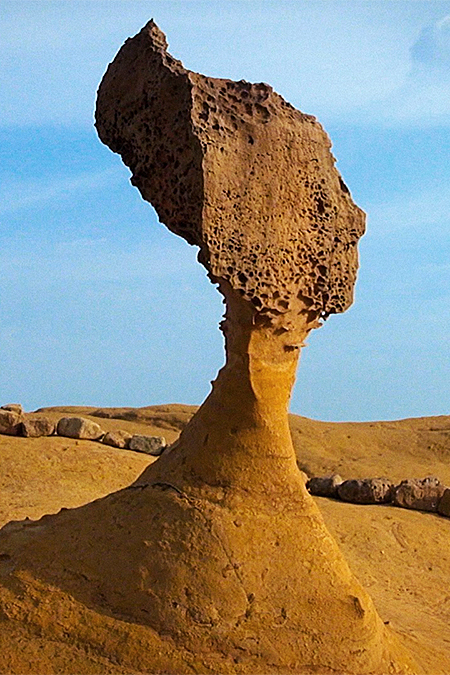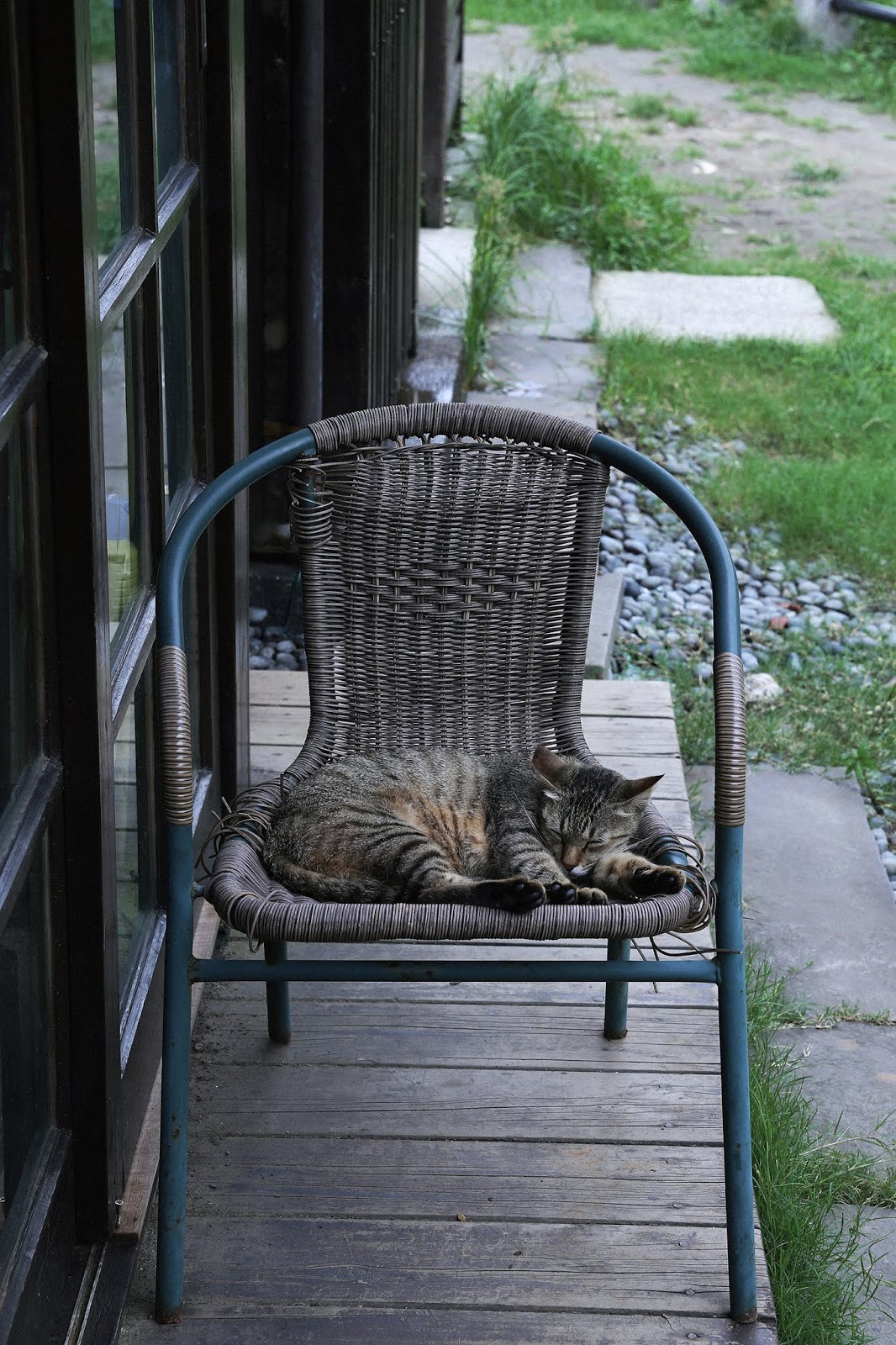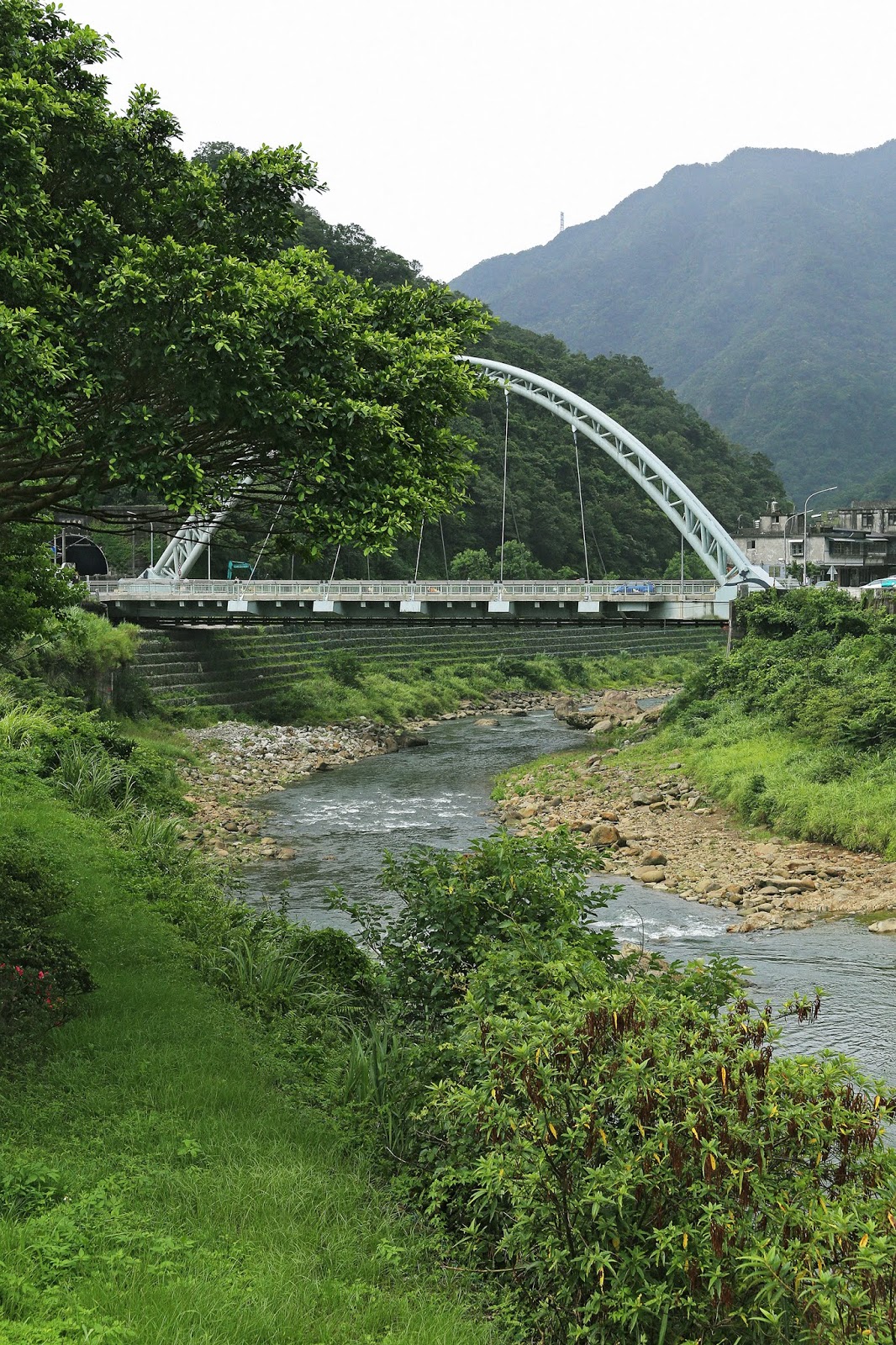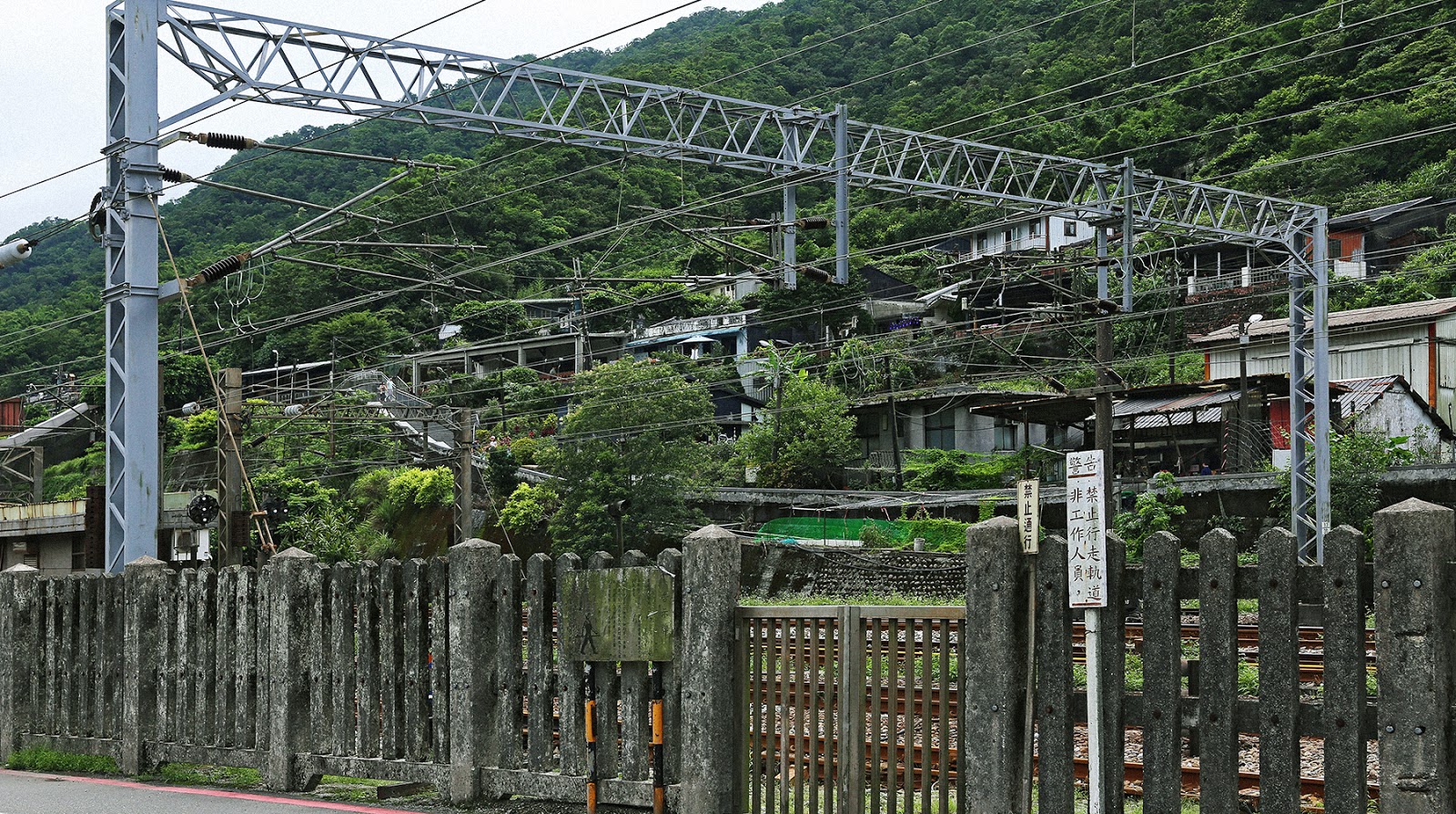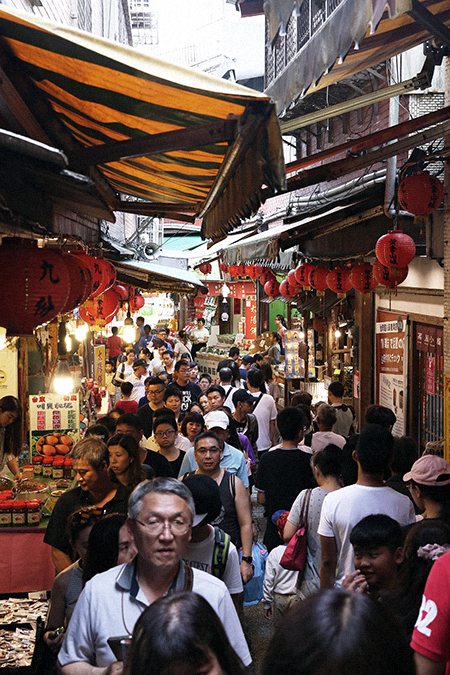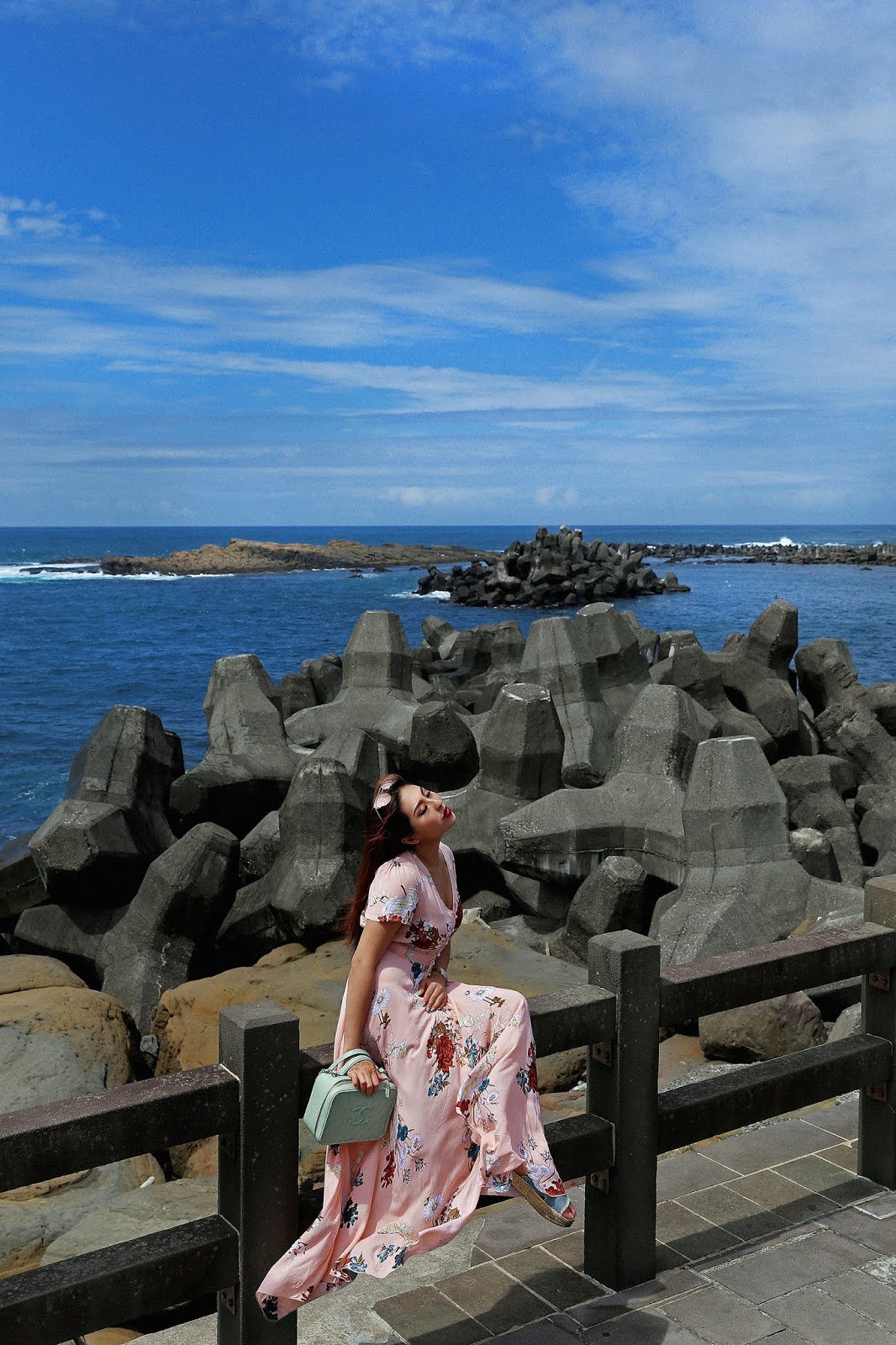From cat villages to the town that inspired a Hayao Miyazaki film. Driving along Taiwan's North Coast in a Single Day.
Rugged and beautiful. Dramatic but tranquil. Distinctly Chinese in appearance yet with a vague Japanese influence. From surfers’ paradise on fine sandy beaches to towns built into the sides of precipitously steep mountains, the terrain and landscape of Taiwan’s North Coast is a chocolate box of different flavours, with every sight more vastly contrasting to the last. I knew that New Taipei City (formerly Taipei County) was the most populous city in Taiwan, even more so than the capital it completely surrounds; but I didn’t expect the topmost section of this municipality to hold so many breathtaking sights in such a straight line. I spent a day driving through the incredibly scenic North Coast along the blue highway, whose geographic diversity is comparable to the Great Ocean Road and a world apart from most other Asian major cities. My experience is by no means exhaustive, but rather to demonstrate how achievable it is to visit 4 of the Taiwan’s North Coast most popular destinations from Taipei in a single day. Consider this an introduction to New Taipei City.
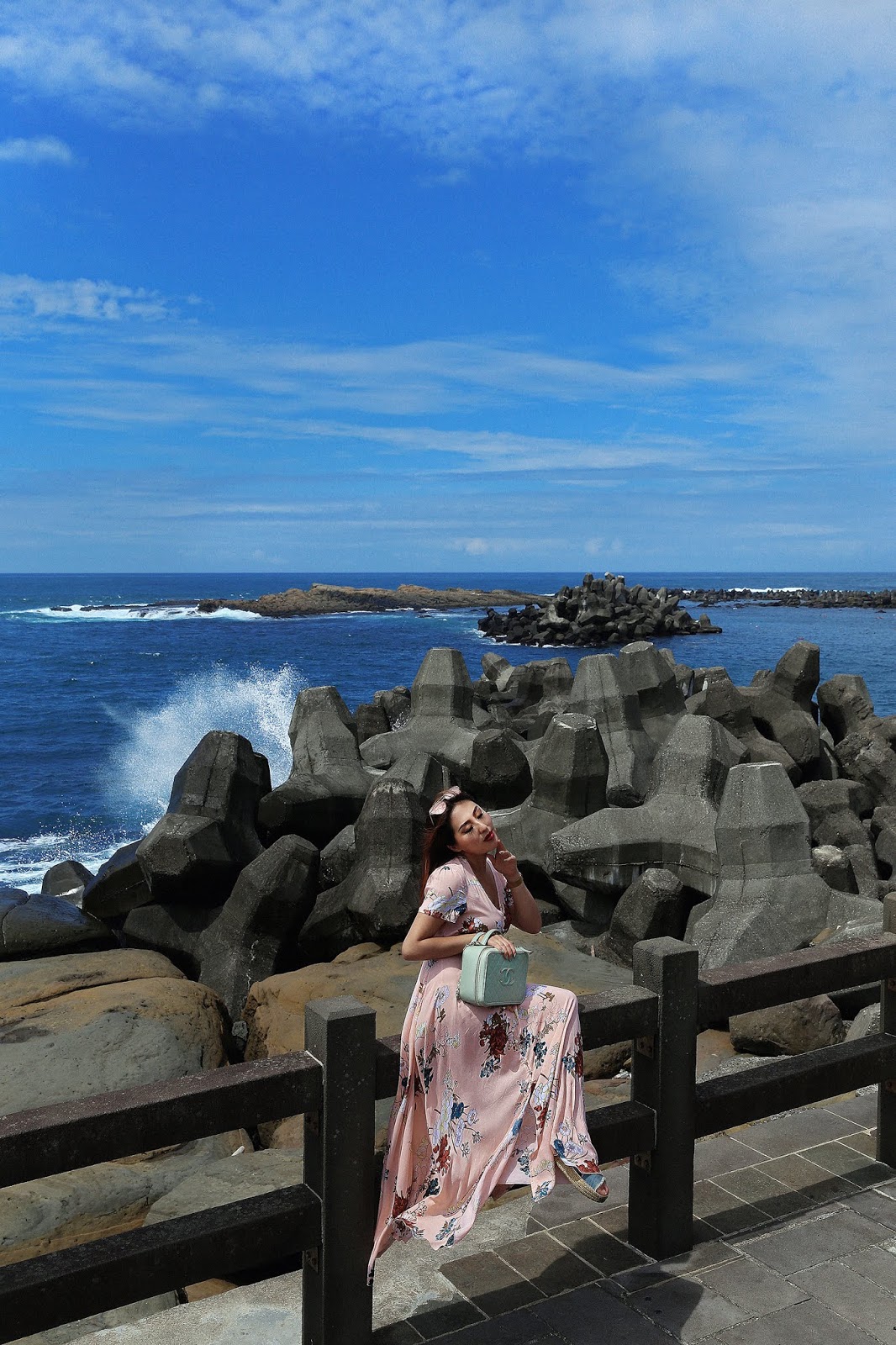
TERESA TENG MEMORIAL PARK, CHIN PAO SAN CEMETERY
JINSHAN DISTRICT
I started my journey with a visit to Chin Pao San cemetery in Jinshan District. My reason for visiting Chin Pao San cemetery was to pay my respects to my late great-grandfather, who was laid to rest among his peers: the founders of the Republic of China (Taiwan). While it seems strange for a cemetery to be an attraction for those without relations here, especially for a tourist, Chin Pao San is more than a resting place for many of Taiwan’s elite. Several levels of immaculately manicured gardens, shrouded in mist, carved into a mountain with views of the East China Sea, the haunting beauty of Chin Pao San is undeniable. With modern sculpture dotted across the grounds, Chin Pao San has a distinct feel of an outdoor museum. Indeed, the adjacent Ju Ming Museum hosts a collection headlined by the Taiwanese sculptor Ju Ming, whose works grace the elegant site.
The major place of interest for the general public is the memorial park of beloved Taiwanese singer Teresa Teng (above). A legend in the Chinese-speaking world, Teresa was tragically struck down at the age of 42. Beyond her music, Teresa’s legacy is her memorial garden; featuring a life-size statue and a large piano set in the ground where visitors play her songs by walking on the keys (below), including her hit "When Will You Come Back Again".

YEHLIU GEOPARK
WANLI DISTRICT
From a cemetery to a landscape that resembles one. I headed East to Wanli District to one of the most popular destinations in northern Taiwan: Yehliu Geopark. A barren landscape of smooth, undulating brown stone stretched across 1,700 metres of cape, Yehliu Geopark is famous for its bizarre and otherworldly rock formations that stand scattered across the cape like headstones. Thousands of years of wind and water movement have carved freestanding natural sculptures such as the iconic "Queen's Head" (left). It was rather a curious experience - walking along paved pathways through a verdant park that opened, suddenly, to a sprawling brown stone wasteland that resembled both a skate park and obstacle course. The unique geological formations, most of them at least twice the height of an adult, were a strange sight against the violent sea waves that had created them. Again, the comparison* to the Great Ocean Road were inevitable - never mind the Twelve Apostles, these number of these rock formations were more like midnight mass.
*Although the most unexpected comparison of all came from a group of middle-age Chinese ladies, who insisted on taking selfies with me because they thought I looked like Chinese actress Fan BingBing. In my opinion, no resemblance whatsoever and an unlikely comparison but a welcome one for sure.
HOUTONG CAT VILLAGE
RUIFANG DISTRICT
I hastily popped a couple of antihistamines as I set off for my next destination. Someone who is allergic to cats should know better than to visit Houtong Cat Village, but I couldn’t resist. Houtong Cat Village capitalised on their booming cat population by setting up with cat-themed shops and cafes to entice tourists. The cats here are very much the stars of the show, with concessions made for their comfort: a bridge over the railway for the safe crossing of the felines and advising visitors not to bring their dogs.
It all seems twee, but an astute move, really. Houtong Cat Village was a former coal-mining village that would’ve been doomed to become yet another ghost town had they not reinvented themselves.
Traditionally, the villagers kept cats to keep away the rats that run rampant on the hillside. After the closure of the coal mines, the area went into decline and many villagers left, leaving their cats behind. Killing two cats birds with one stone, about a decade ago cat lovers organised efforts to care for the strays, which in turn attracted outsiders to arrive at Houtong Train Station to bring their unwanted cats to the village. The media paid attention, social media happened, and now Houtong Cat Village is the place to pussyfoot around.
JIUFEN
RUIFANG DISTRICT
By then, it was late evening and I had traversed nearly 80 kilometres from Taipei, subsisting solely on snacks in the car, bubble tea, and a hasty lunch on a pit stop so I was absolutely exhausted. But I pushed on toward my last stop, one of Taiwan’s most picturesque destinations: the town of Jiufen. Founded during the Qing dynasty and a decommissioned gold mining mountain town built by the Japanese, this isolated village remained architecturally unchanged - a curious blend of both Japanese and Chinese styles.
The old town is a steep maze of cobblestoned lanes and alleyways cut into steep hills (even running beneath buildings). Jiufen has an Old-World feel about it, and is rumoured to be the inspiration behind for the Studio Ghibli film Spirited Away. Whether or not Hayao Miyazaki actually based his designs on Jiufen, the town certainly has an overwhelmingly nostalgic and rustic ambience. Visitors rent Qipaos and Cheongsams, meandering around the markets while feeling the retro fantasy. Others sit in cafes carved into the side of cliffs, taking in the view of the ocean. Some stay the night in quaint, cozy B&Bs called ‘Minsu’. Myself, I was content to simply soak up the atmosphere with a wander through the market, alleys, and paths through the hill. Definitely a destination to go get spirited away.
Getting there:
As a guest on a business trip, a private car with driver was chartered so I didn’t have to worry about logistics. I would highly recommend the same. However, all of these destinations are easily accessible from Taipei via public transit; MRT, train, bus, and shuttle. For first-timers, I would recommend spending at least 4 days in Taipei, and setting aside 1 or 2 days to explore the North Coast of Taiwan.










